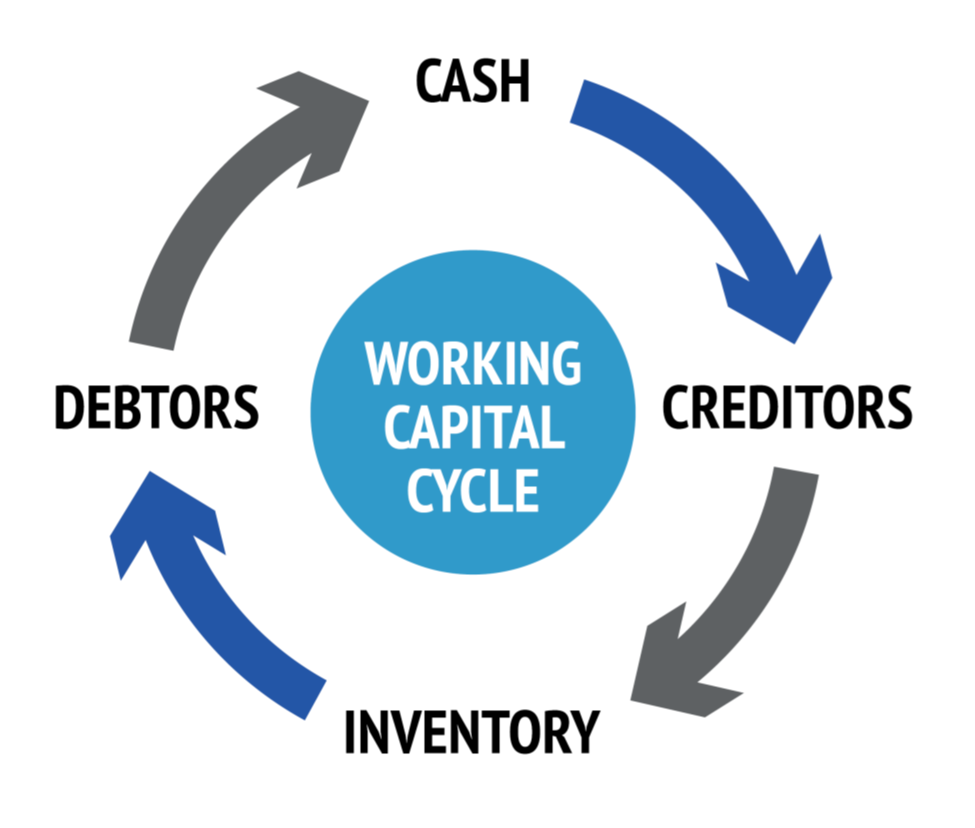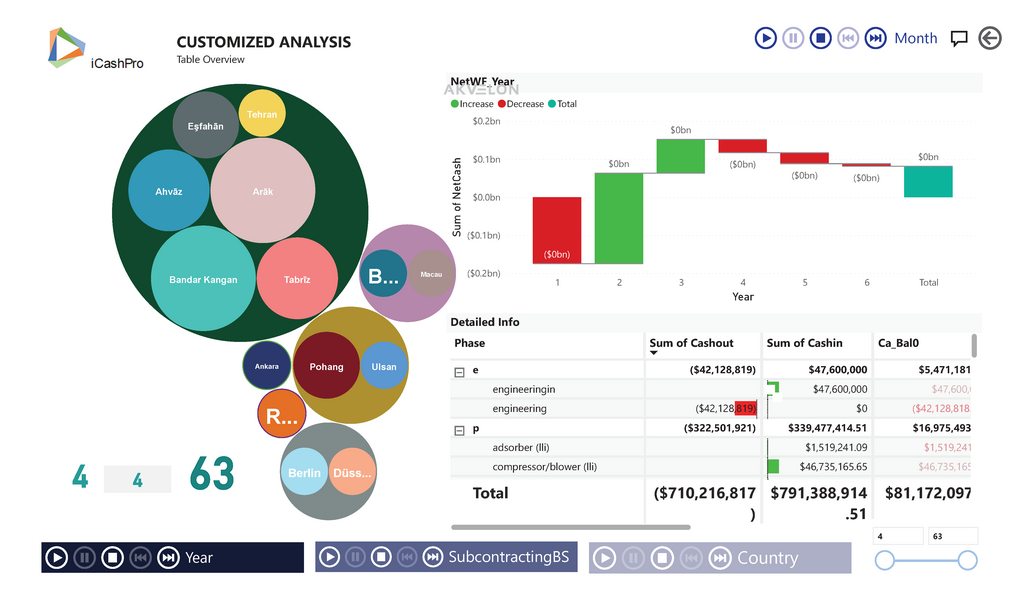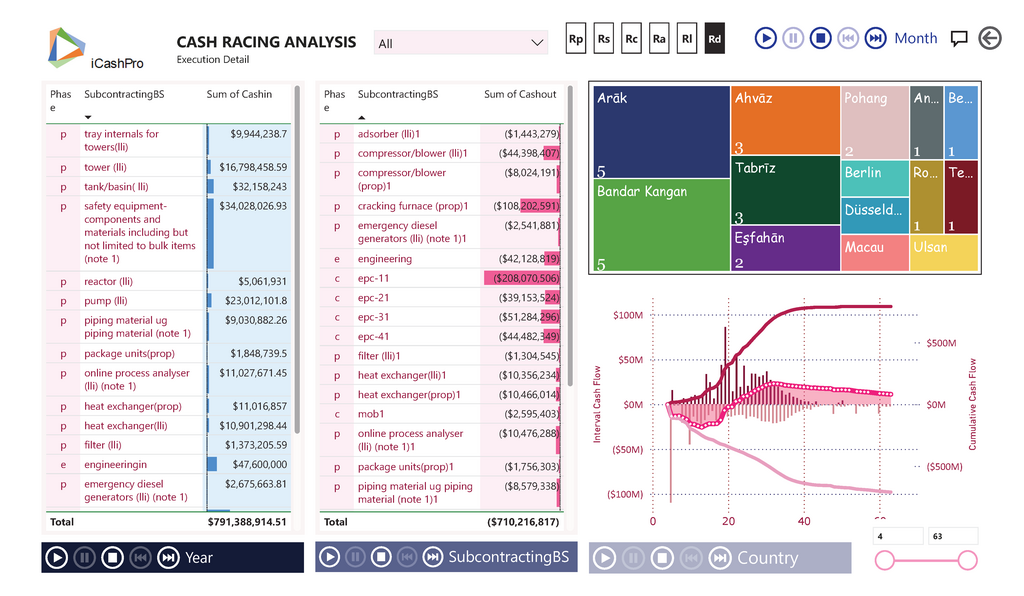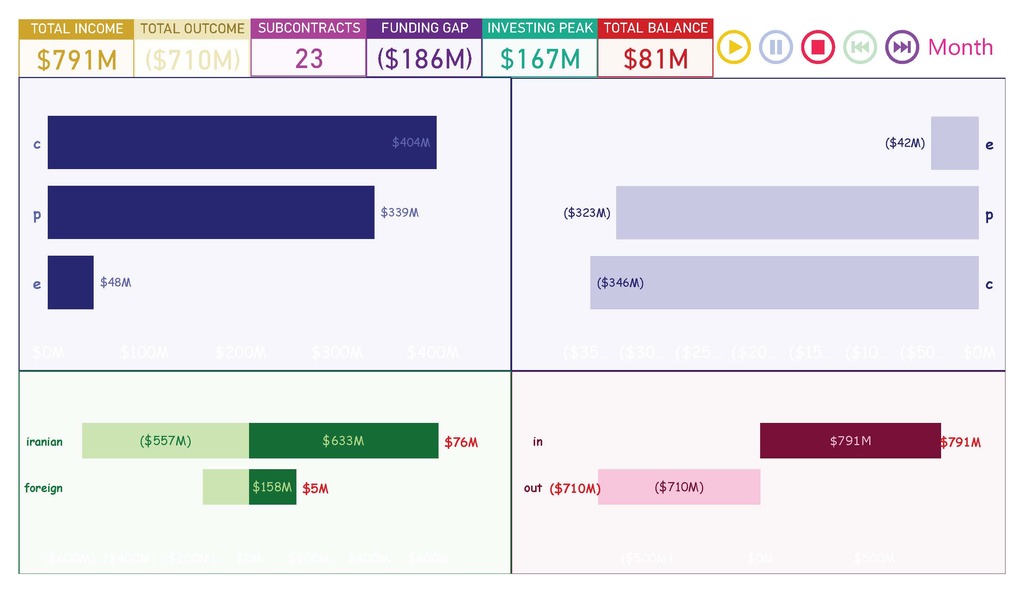Every small business experiences a regular cash flow cycle, characterized by the inflow and outflow of cash. The timing of these transactions is crucial for maintaining financial stability.
The length and health of a small business's cash flow cycle are influenced by three primary factors:
• Inventory turnover,
• Accounts receivable collection,
• Accounts payable payment terms.


• The inventory turnover ratio measures the efficiency of inventory management.
• A lower value indicates effective inventory control, while a higher value may suggest overstocking or understocking.
• This ratio measures the average time it takes to collect payments from customers.
• A lower value is generally preferable, indicating efficient collections.


• This ratio measures the average time it takes to pay suppliers.
• A higher value can be beneficial as it allows for more flexibility in cash management.
• However, excessive delays can negatively impact supplier relationships.
• Accurate forecasting is essential for effective cash flow management.
• By predicting future cash inflows and outflows, businesses can proactively manage their liquidity.


• Implementing strategies to optimize cash flow, such as improving collection times, negotiating favorable payment terms, and optimizing inventory levels, can significantly enhance financial performance.
• Regular analysis of cash flow statements can provide valuable insights into a business's financial health and identify areas for improvement.
By effectively managing cash flow, businesses can mitigate risks, seize opportunities, and achieve long-term financial success.
